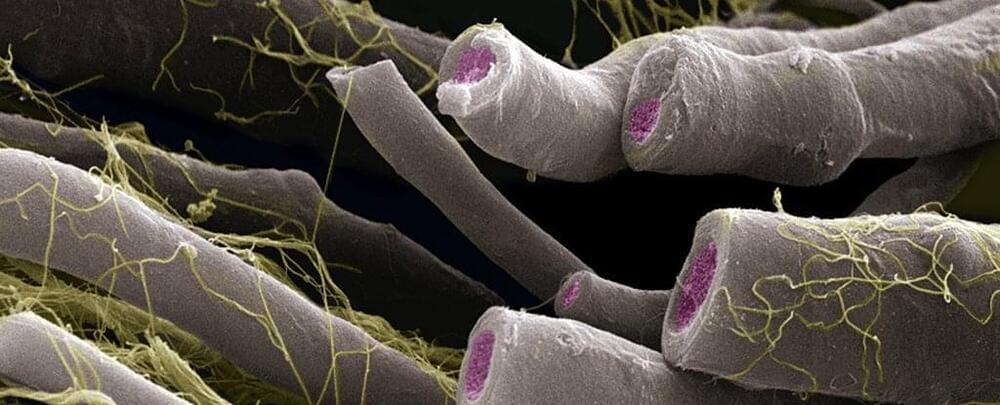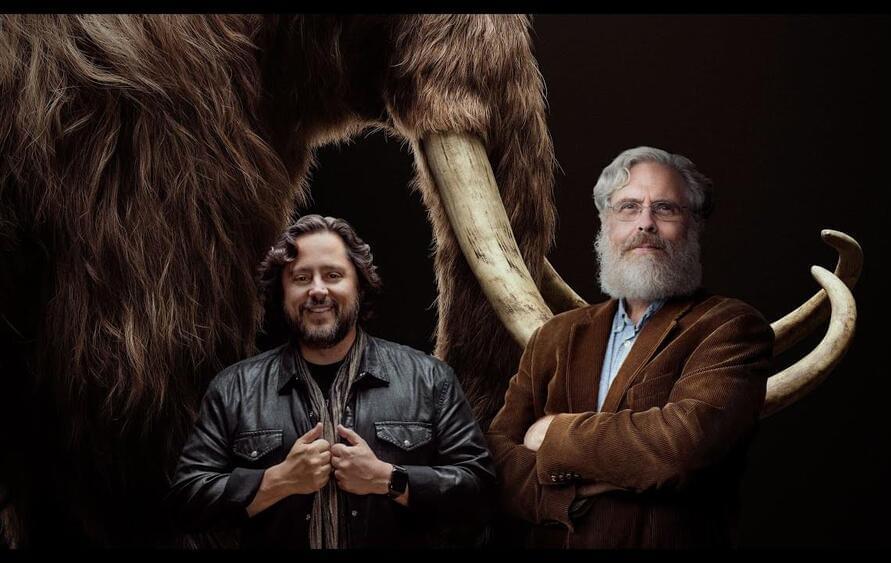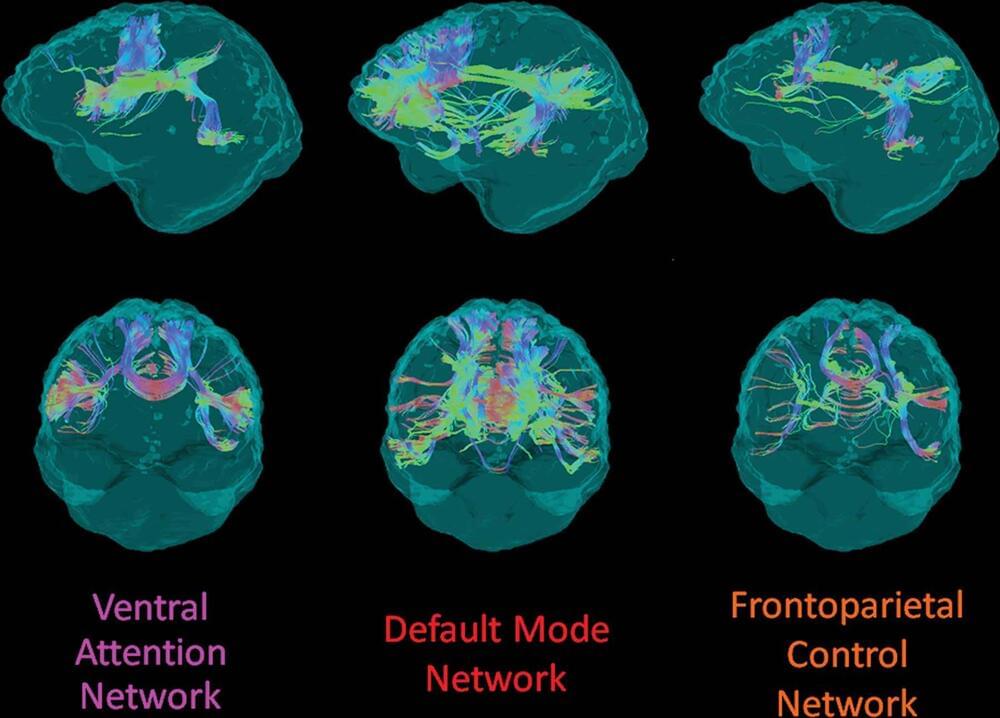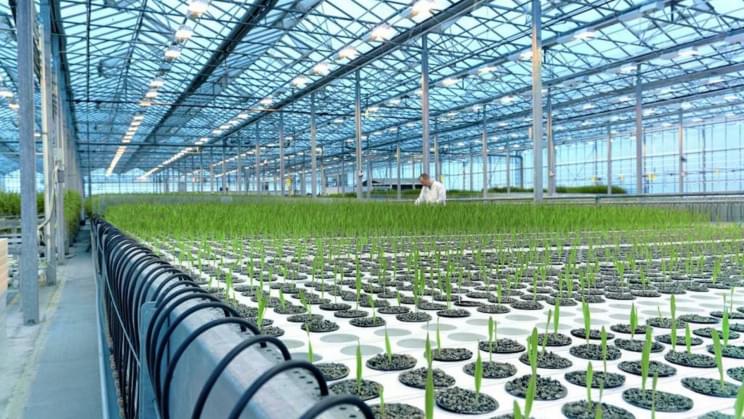Oct 19, 2021
A Common Infection Could Be a Trigger For Multiple Sclerosis, Large Study Finds
Posted by Genevieve Klien in categories: biotech/medical, genetics, neuroscience
For most of the time since the first description of multiple sclerosis (MS) in 1,868 the causes of this disabling disease have remained uncertain. Genes have been identified as important, which is why having other family members with MS is associated with a greater risk of developing the disease.
A recent study my colleagues and I conducted found that several types of infection during the teenage years are associated with MS after age 20. Our study didn’t investigate whether people who are more likely to have genetic risks for MS were also more likely to have worse infections.
This might explain why people with MS also have more infections that need hospital treatment.


















